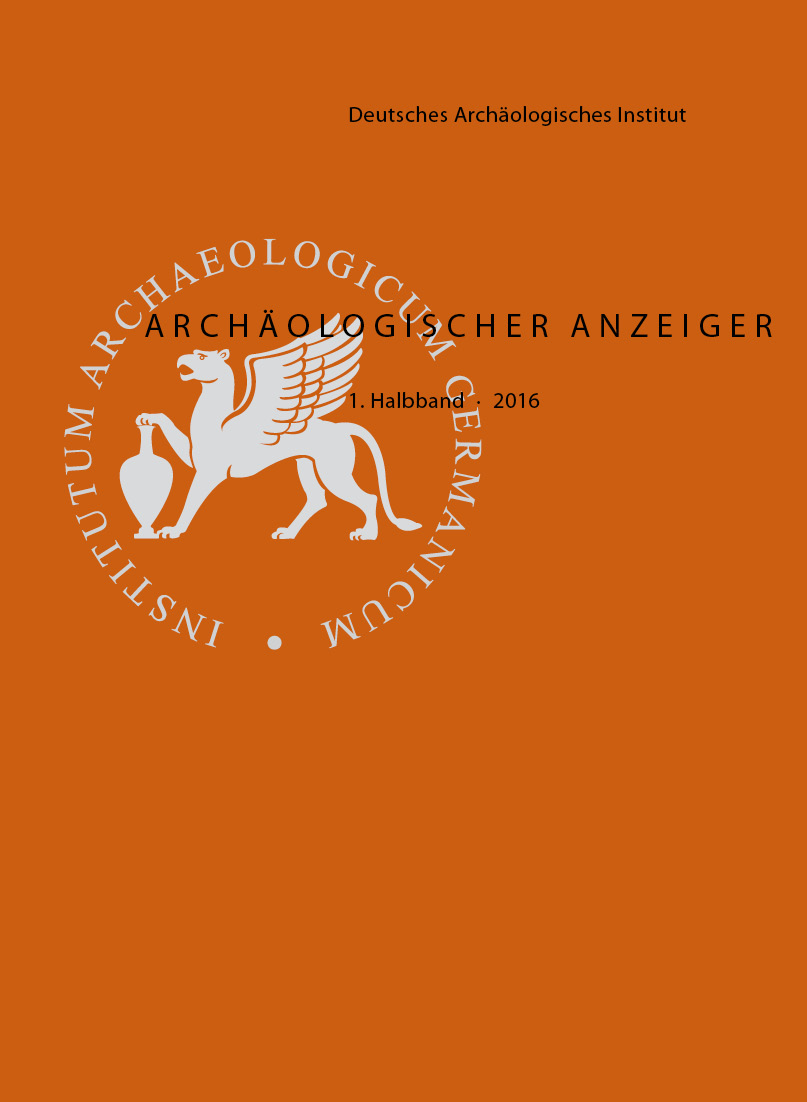An Ancient Cave Sanctuary underneath the Theatre of Miletus, Beauty, Mutilation, and Burial of Ancient Sculpture in Late Antiquity, and the History of the Seaward Defences
https://doi.org/10.34780/617t-8a14
Abstract
A cave underneath the theatre of Miletus in western Turkey contains a spring and can be identified as an ancient sanctuary. It underwent two main building phases, both of which appear to be linked to building phases of the theatre, one Hellenistic and the other Roman. The cave contained terracotta figures and limbs that might have been votive offerings. 44 late antique oil lamps may also have been votives; they were buried inside the spring when the spring was filled in at the turn of the fifth century A.D. or soon thereafter. The infill also contained marble heads from the stage building of the theatre that had previously been mutilated, probably by Christians and possibly in order to mar their beauty. The infill hid the spring as well as burying the lamps and marbles. This appears to have had the twofold function of closing the sanctuary – probably in response to the anti-pagan laws of the Theodosian emperors – and of protecting the sacred spring, the votive offerings, as well as the marble heads from further abuse and destruction. In addition, findings from around the cave also shed light on the history of the seaward defences that may date back to Archaic times and, in the Byzantine period, were renovated to include a sophisticated gate with zwinger.
Schlagworte:
sacred spring, stage building, street grid, terracottas, zwinger





